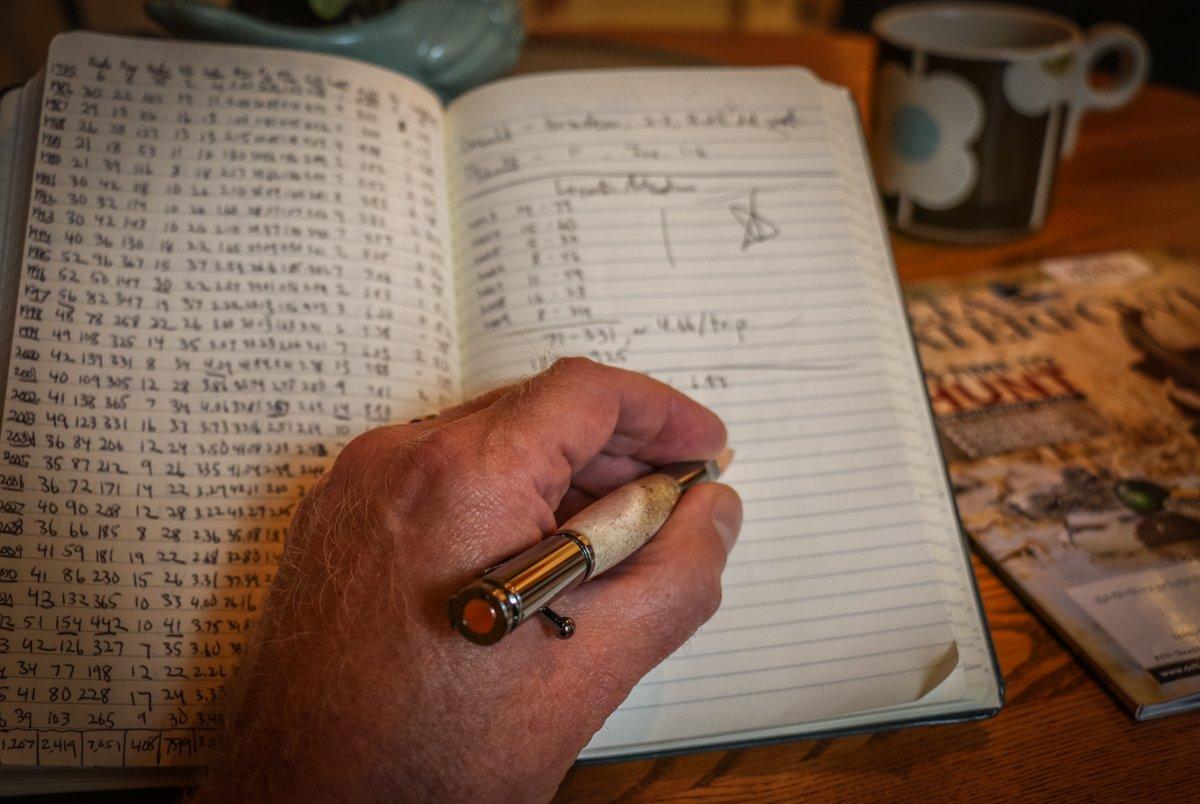Detailed Documentation Can Boost Future Hunts
Waterfowl hunting journals let us relive our days afield, reveling in previous success, laughing at past folly and mentally transporting us to treasured places.
But if that's all they accomplish, we might have missed a great opportunity.
A complete waterfowl journal should document the facts and circumstances behind every hunt, as well as capturing the spirit and emotion of each day. We shouldn't just write, Joe and I shot our 12 ducks in 30 minutes off Art's point this morning, and the wind blew like heck. Instead, the entry should also record the date, species involved, shooting performance, specific weather conditions, hunting pressure in the area and other factors that might have influenced the hunt's outcome. Through time, the factual components of your journaling can become valuable research and prognostication tools, letting you anticipate future hunts by recalling the past. Let's dive deeper.
Date
This seems obvious, but it's important when viewed in hindsight. For example, if you note increasing bluebill activity Oct. 25 through 29 one year and Oct. 23 through 28 the next, you begin to sense a trend. That, coupled with weather info recorded for each date, lets you get a great general outline for a typical migration.
Conditions
This might be the most important consideration. Weather — temperature, barometric pressure, lighting conditions, wind direction and speed, and other factors — often dictates how waterfowl act many days. Further, longer-term weather trends greatly influence migrations.
For example, if you note that your best canvasback shoots the past five years occurred during stiff southwest winds, you've identified a solid pattern. Likewise, documenting that mallard action typically picks up when temperatures plummet and small waters began to freeze lets you anticipate similar events.
Species
This info goes hand in hand with date and conditions, but it provides a clearer picture of what species of ducks and geese are most prevalent during specific periods and conditions. Through time, you'll note when wood duck numbers begin to wane and diver flights increase. Likewise, you'll see how bluebill and canvasback rafts start to thin as goldeneye and mallard sightings increase. It paints a streaming picture of a typical season.
Hunting Pressure
This might seem like an afterthought, but noting when and where human pressure is highest will let you avoid such scenarios. For example, if I write, Opening day, Horicon Marsh — guys everywhere, you can be sure I won't repeat that entry. I'll be somewhere else the next opener. It's also interesting to note how hunting success is typically much lower when surrounding pressure is high.
Shooting Performance
Often, this is a humorous afterthought, but it can be important. Mostly, it reveals when you usually shoot well or poorly. Often, you'll note how you seem to excel when targets come easily, like mallards fluttering down through timber or gadwalls coasting into decoys over a prairie slough. Likewise, you'll typically see a higher shell count and lower percentage when the wind howls or you've shot from difficult positions, such as being huddled in an unstable skiff or sitting on a bog with your feet jammed in muck.
Putting it Together
Record everything, and review that information after the season. Then, review similar information for many seasons. You'll note strong trends and patterns, and that info will serve you well during future hunts. And you'll smile and chuckle along the way as you remember great days in the marsh or field.
Click here for more Realtree waterfowl hunting content. And check us out on Facebook.







